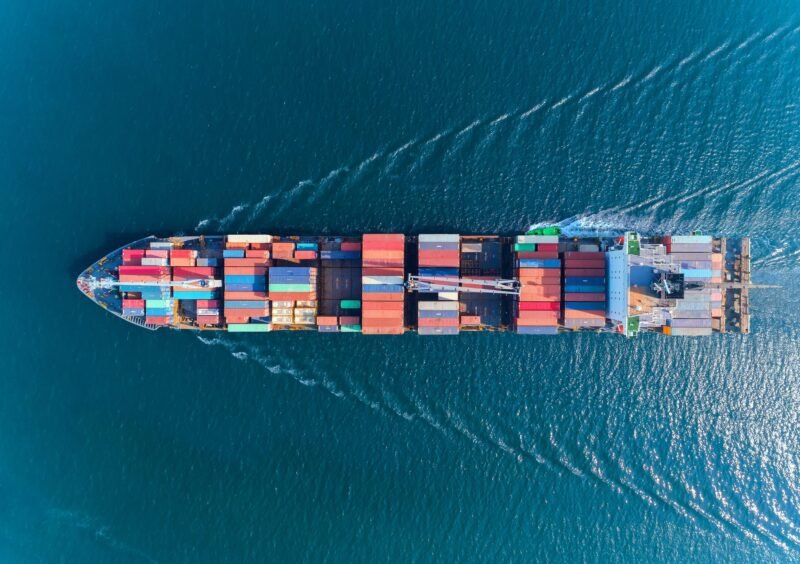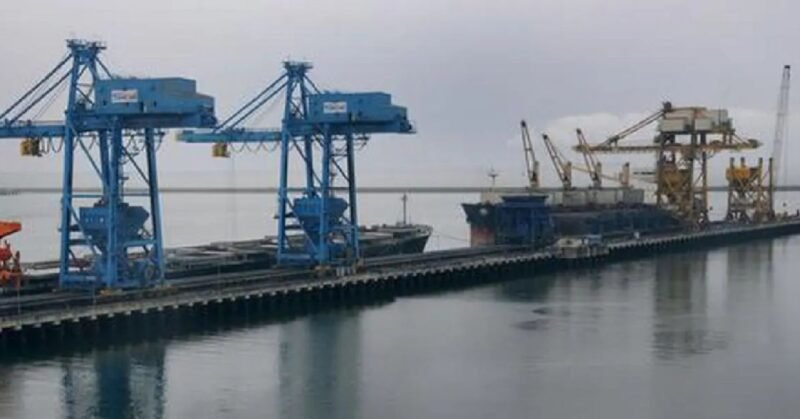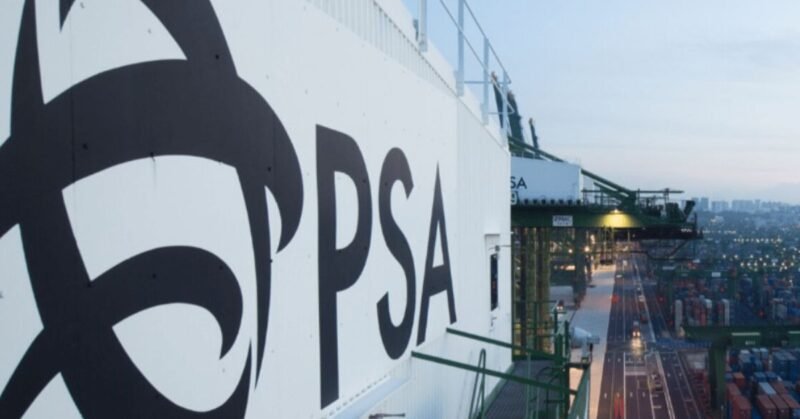The shipping industry is at a pivotal juncture, with the International Maritime Organization (IMO) aiming for net-zero emissions by 2050 and setting interim targets for 2030 and 2040. This transformation is crucial, as shipping currently accounts for nearly three percent of global greenhouse gas emissions. An upcoming vote at the IMO in October will be critical in establishing a clear framework to facilitate the industry’s energy transition or risk prolonging uncertainty that hampers progress.
To achieve substantial decarbonization, the sector requires large-scale renewable energy projects, as pilot initiatives alone cannot generate the necessary volumes of affordable green fuels. InterContinental Energy advocates for mega-projects supported by stable regulations and industry collaborations as the most viable strategy for maritime decarbonization. Projects like the Western Green Energy Hub in Australia illustrate the potential, aiming to produce up to 28 million tonnes of green ammonia annually, which could significantly replace current marine fuel demands.
However, achieving this transition necessitates a holistic approach involving ports, shipbuilders, and financial institutions. Infrastructure for handling new fuels must be developed in tandem with training for seafarers. Encouraging signs of collaboration are emerging, but stronger demand signals from the shipping sector are essential to ensure competitive pricing for green fuels. The October vote will be crucial in providing the regulatory clarity needed to accelerate investments and infrastructure development, enabling the industry to meet its ambitious emissions targets.


















